Population trends
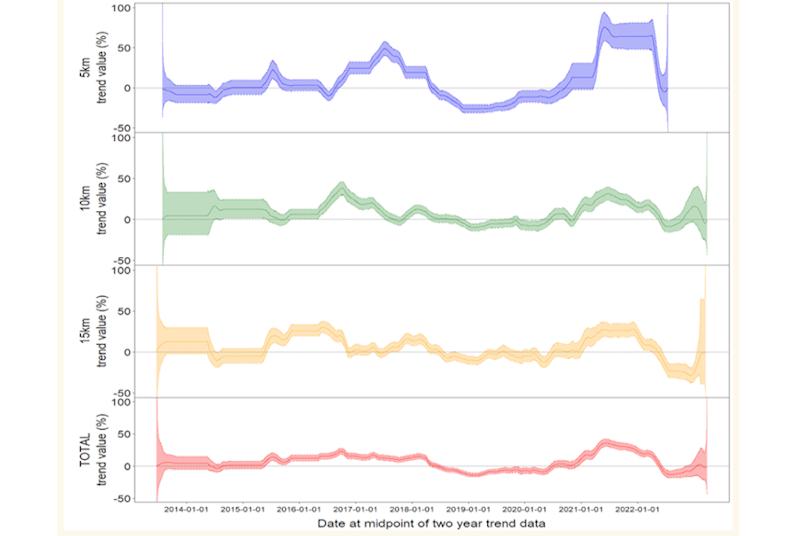
There are 2 main methods:
1. Measure the population size, say, every 10 years using line transects and see how it changes. Getting adequate sample sizes is very expensive, making adequate seasonal sampling costly.
2. Measure the trend in acoustic detections at a sample of sites inclduing different habitats and see how the trend is evolving. This approach can get huge sample sizes from all seasons. Effort is needed to get spatial sampling cheaply.
Wherever POD data is available from one or more sites over two or more years it is a quick process to determine trends in detection rates using Paired-Year Ratio Assessment which can be done within the FPOD app.
Click-rate profiles
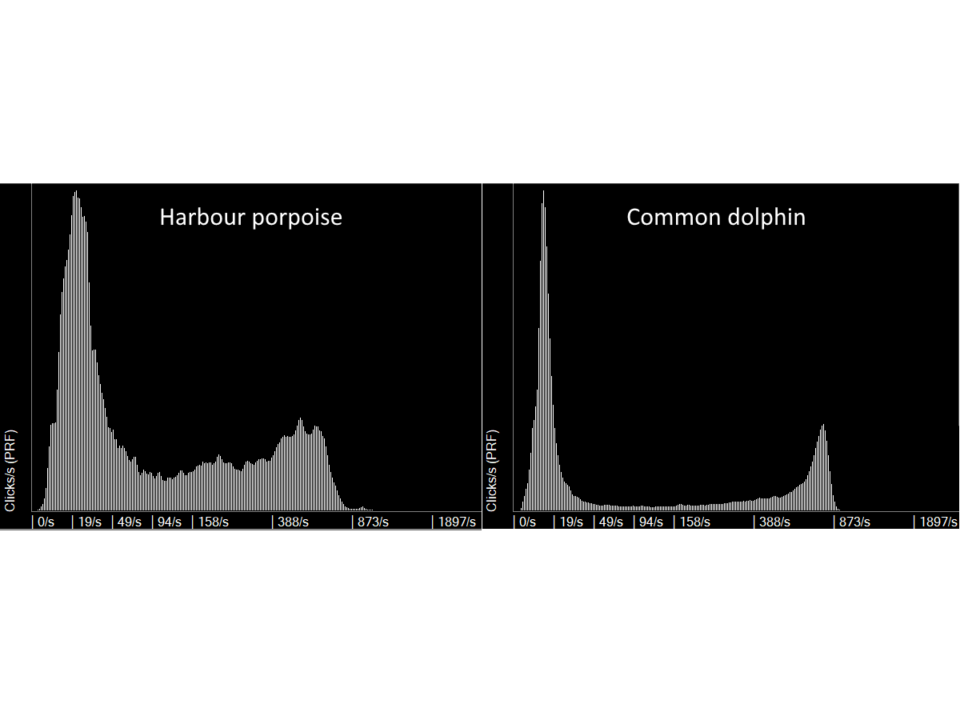
Very substantial differences exist in the distribution of click rates used by different species.
Study of these differences has until now been limited to relatively small samples of click train data. Are these related to how the species uses echo-location, or what it's prey is, or its pre-capture strategy etc.
The F-POD gives access to very large samples of click train data and allows much deeper and more detailed analysis of click-rate profiles.
The graphs here show a typical diffefrence between porpoises and dolphins - in this case the dolphin is the Bottlenose dolphin which characteristically produces some very low click rate trains = trains with long inter-click intervals.
Nocturnal distribution
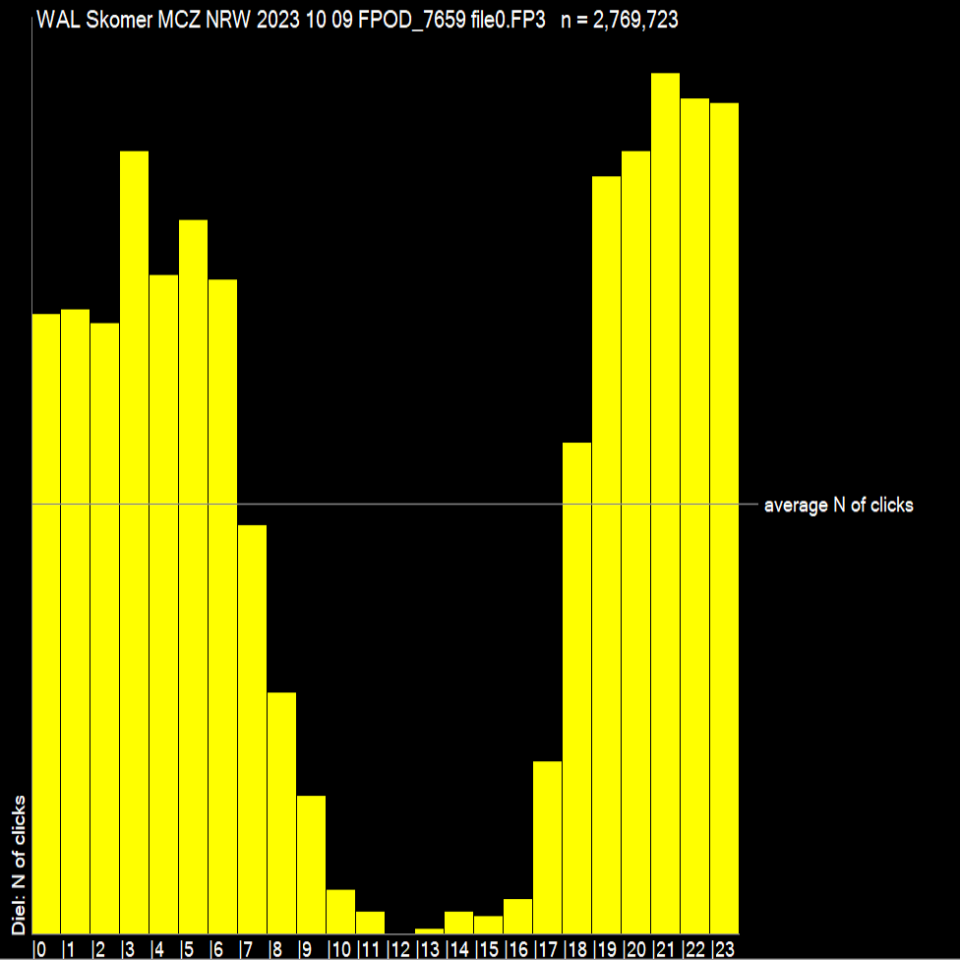
Large differences between night and day in acoustic detections are commonly seen and demonstrate a major limitation of visual surveys.
The F-POD app allows very quick inspection of these patterns, and associated patterns in the frequency, the click rates etc associated with these diel patterns.
Research on what movements of the cetaceans are associated with these diel patterns would be valuable.
Fishery interactions
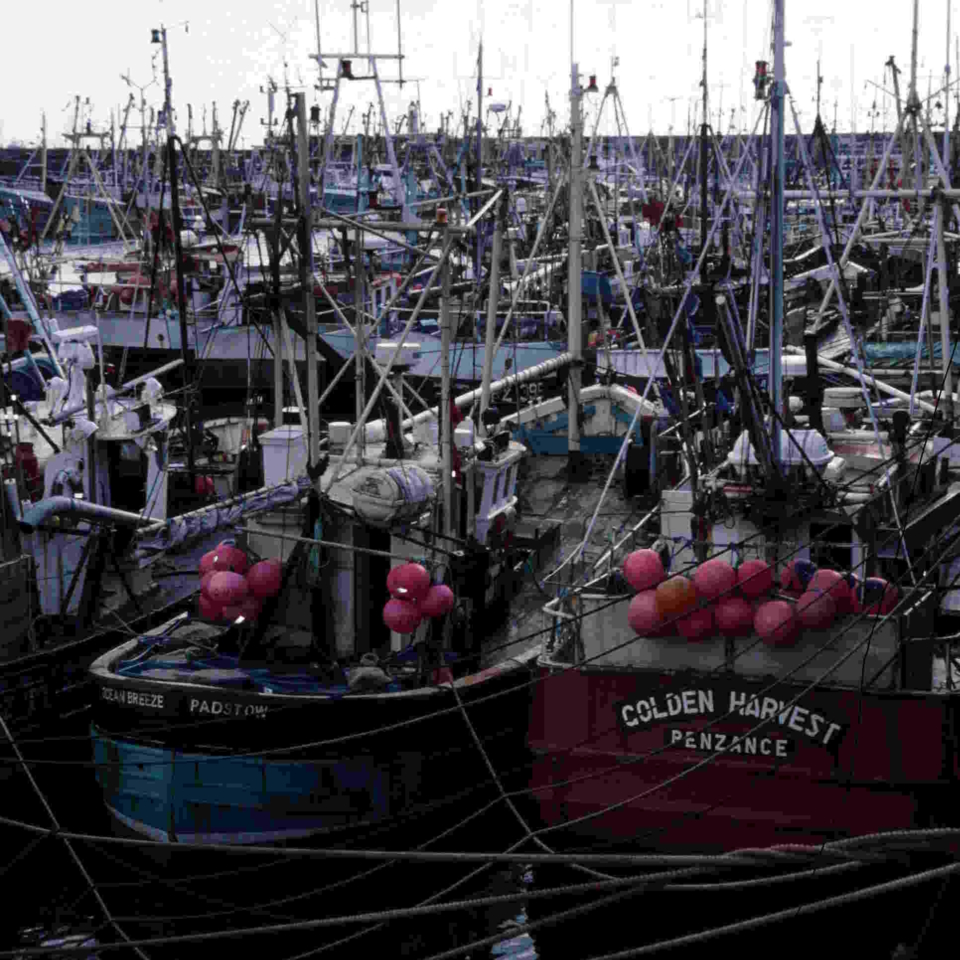
Acoustic studies of pingers have provided a valuable short cut in assessing that kind of bycatch mitigation.
Other studies on how cetaceans locate nets would also be useful: What is the 'discovery time' for fishing gear by dolphins? Or do the dolphins identify when gear is set acoustically and exploit that location information later?
Social calls
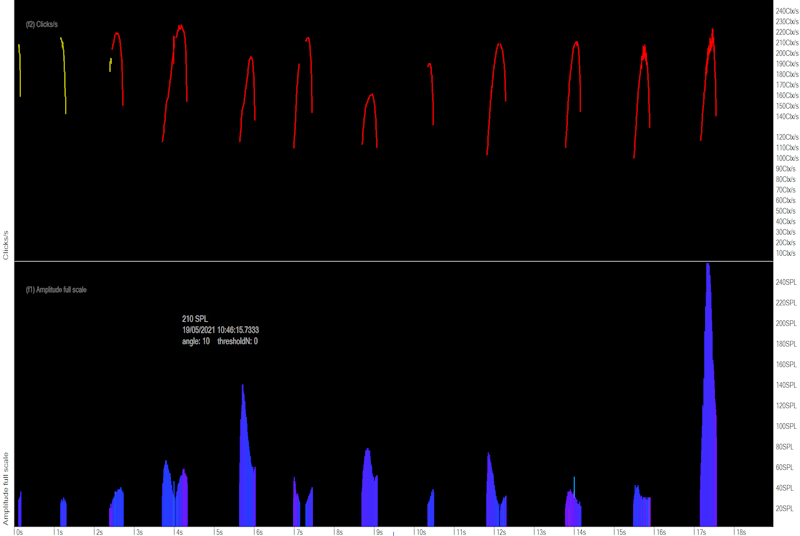
These repeated inverted U-shape click rate profiles are the most distinctive forms of social communication, but they occur in a variety of patterns and are associated with other click rate profiles.
Little is known at present on what kind of communication they are, how many distinct forms they have, or whetehr there are graded communications - like the difference between words and tones of voice...
Species discrimination
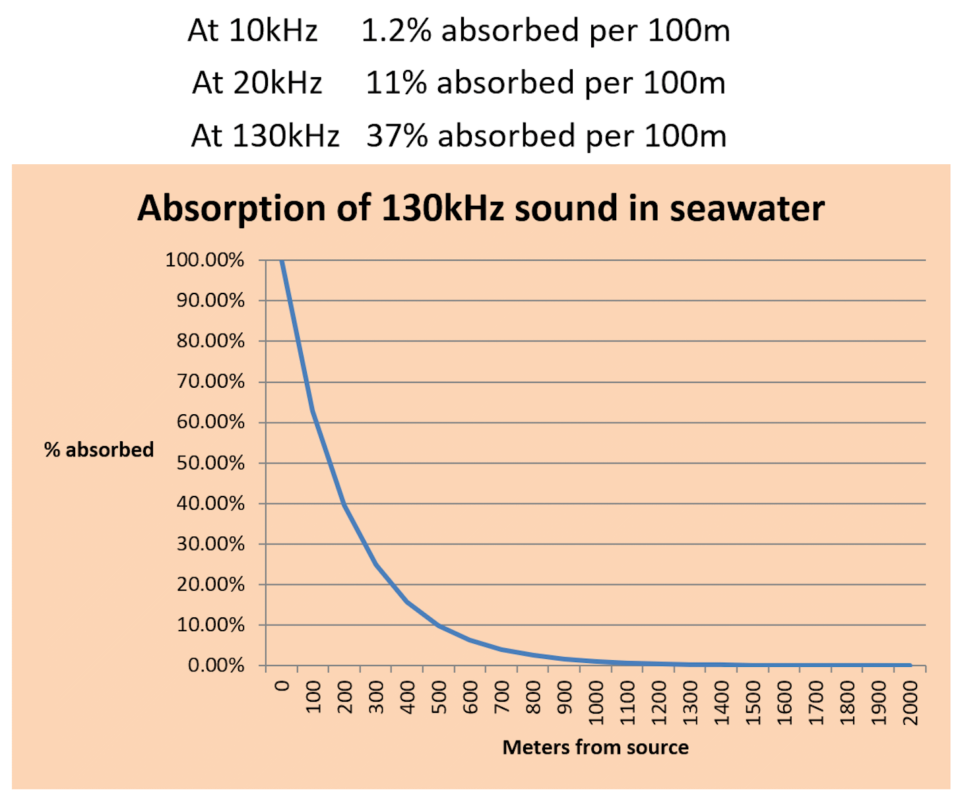
Information on where clicks are in trains and where trains are in encounters is accessible in POD data, and to some degree represent where in the dolphin's sound beam the POD is as it records the clicks, and how far away the dolphin infrom the POD i.e. how much frequency-dependent absorption of sound may have affected the spectrum.
So this information adds power to efforts to discrimnate species based on the charactersitics of recorded clicks.
Tools exist within the FPOD app to make these features (and many more) of clicks accessible to users working on such classification.
WUTS
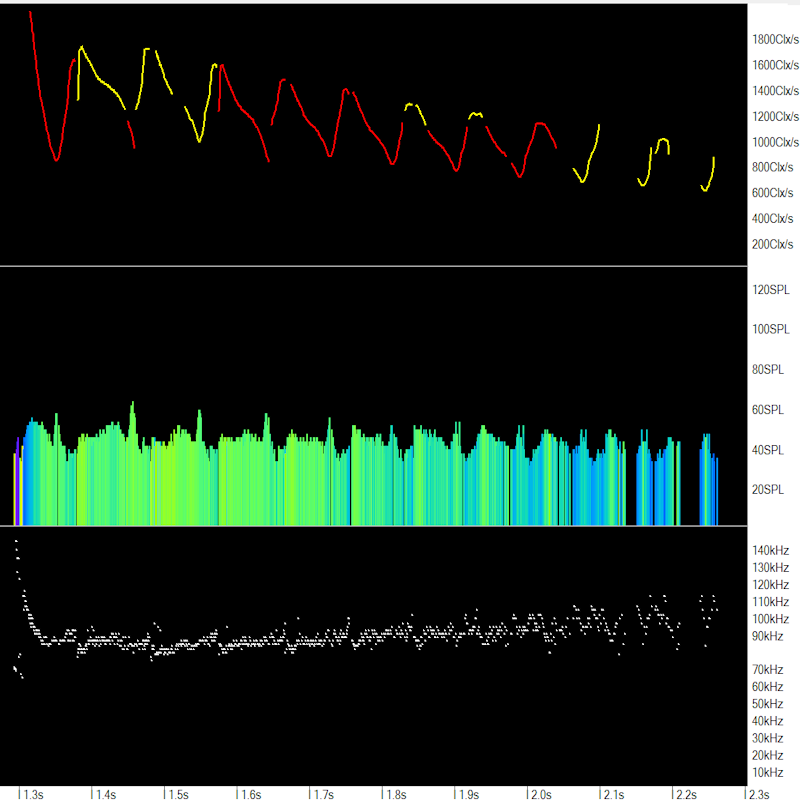
It is clear that many Weak Unknown Train Sources are biological but we still know nothing about their identity.
Some sounds may come from within seabed sediments, others appear to be pelagic organisms.
They contribute to the soundscape and may be a significant part of food chains....
What attracts cetaceans?
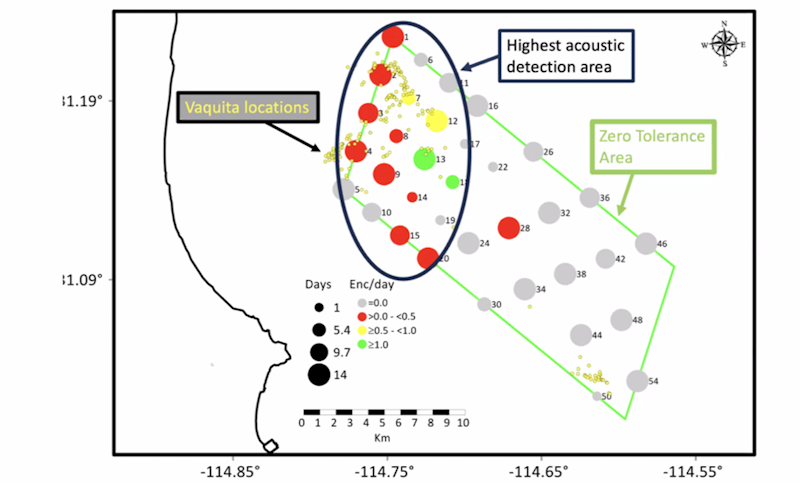
Spatial arrays show distinct stable patterns in the amount of time spent in habitats that look superficially very similar.
What are the differences that are significant to cetaceans? Does their acoustic behavour thow any light on this?